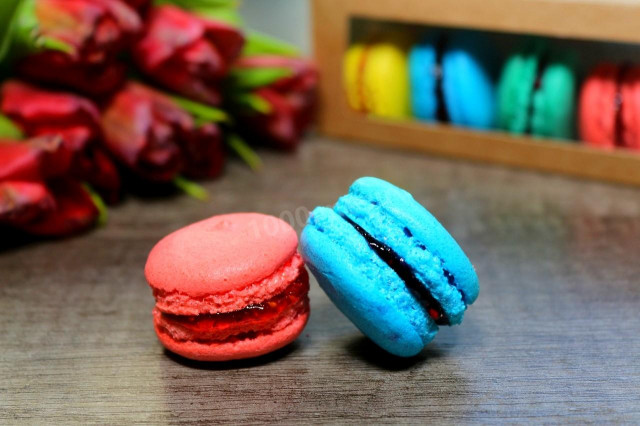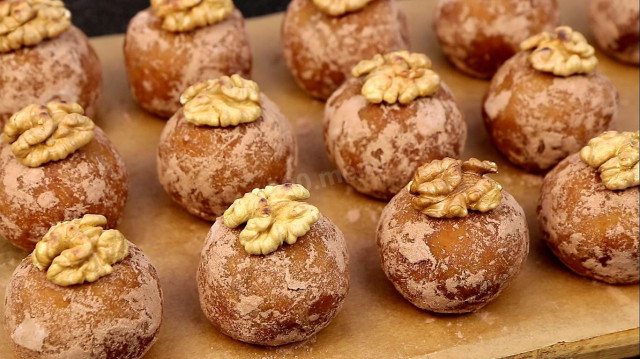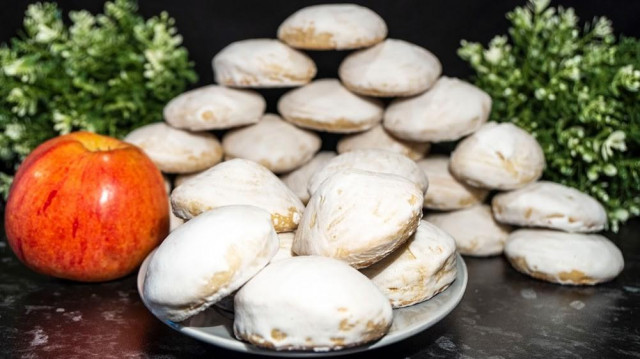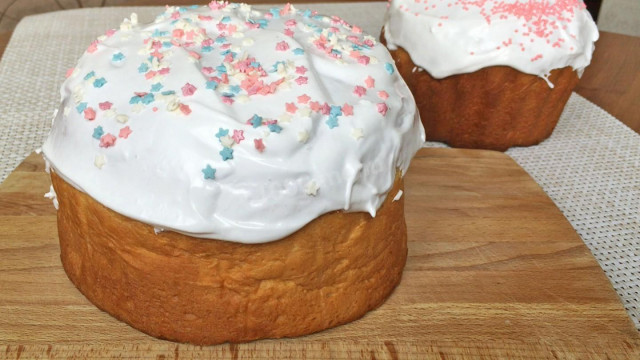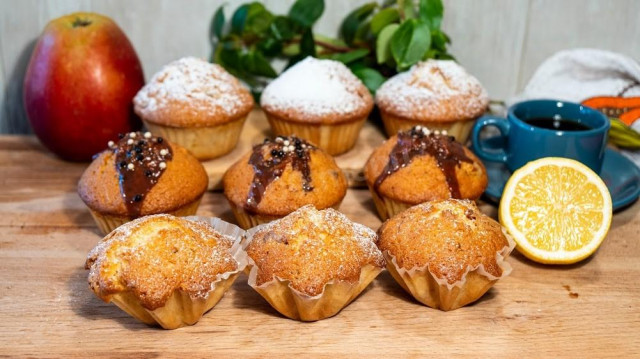Composition / ingredients
Step-by-step cooking
Step 1:
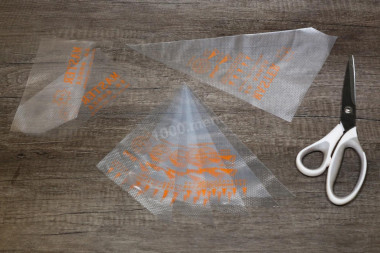
First prepare the pastry bags. To do this, cut off the corners and if the envelope is too big, then make it smaller. This is done so that the air comes out and when the protein mass is applied, it passes deep into the bag and it was easy to tie it. It is better not to use the nozzles, since the protein mass dries quickly, and it will be difficult to remove the dried mixture from the nozzle.
Step 2:
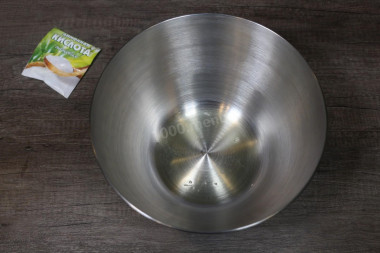
Now let's start cooking fake pasta. Add the proteins to the container, then add citric acid to the same container. Mix the proteins with the acid with a mixer for just a few seconds, only for the acid to disperse and the protein to become more homogeneous.
Step 3:
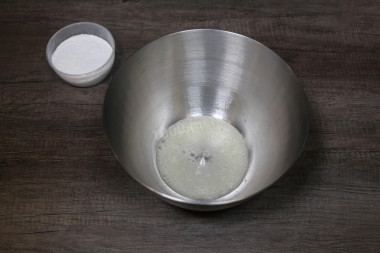
Then add powdered sugar to the same container in several steps, having previously sifted it through a sieve (in 3-4 approaches). Continue mixing all the ingredients with the mixer. It is best to use a high-quality powder so that it is not a "sand", but a very fine grinding.
Step 4:
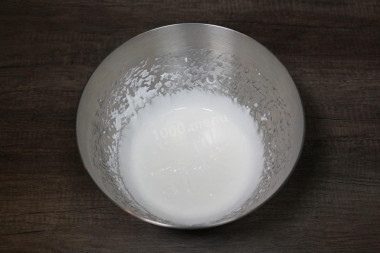
Next, add 1-2 drops of vanilla flavor to the resulting mass and gently knead the mass. After kneading, air bubbles form in the protein-sugar mass. Therefore, the container with the contents must be knocked several times, either on the table (but it's too loud and the furniture is a pity), or, for example, on the knee. Gently mix the glaze again.
Step 5:
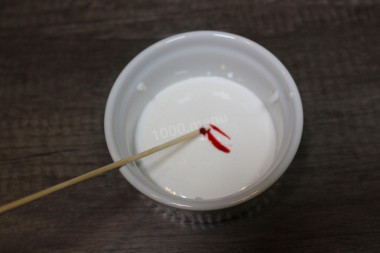
Immediately paint the mass in any colors you like, after transferring it to several containers and adding a certain color to each container. Add the dye using a skewer, namely, first dip the skewer a little into the dye, and then dip this skewer into the protein-sugar mass. If necessary, make the color more intense, you can add a few more drops of dye and mix again.
Step 6:

Now transfer the finished colored mass into the pastry bags and tighten them tightly with adhesive tape. I used 4 colors.
Step 7:

In the bags, cut off the corners of a larger size so that it is more convenient to squeeze out the mass. Put baking paper on a baking sheet and squeeze out the colored mass from the bags on it, so that small circles turn out. place the baking sheet in the oven at 180 ° C and bake until only the top crust forms, immediately remove the baking sheet from the oven. Let the colored circles cool.
Step 8:
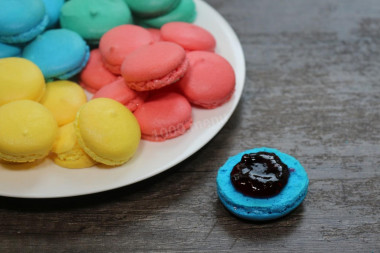
Now take one circle and put berry jam (raspberry or with wild berries) on it in the center, cover with a second circle on top. So collect all the fake pasta.
Keep in mind that everyone's ovens are different. The temperature and cooking time may differ from those specified in the recipe. To make any baked dish turn out successfully, use useful information in the article about ovens here .
Caloric content of the products possible in the composition of the dish
- Citric acid - 0 kcal/100g
- Apricot jam - 265 kcal/100g
- Pear jam - 268 kcal/100g
- Quince jam - 223 kcal/100g
- Apple jam - 265 kcal/100g
- Jam - 265 kcal/100g
- Powdered sugar - 374 kcal/100g
- Egg whites - 44 kcal/100g
- Syrup - 300 kcal/100g
- Food Coloring - 0 kcal/100g

